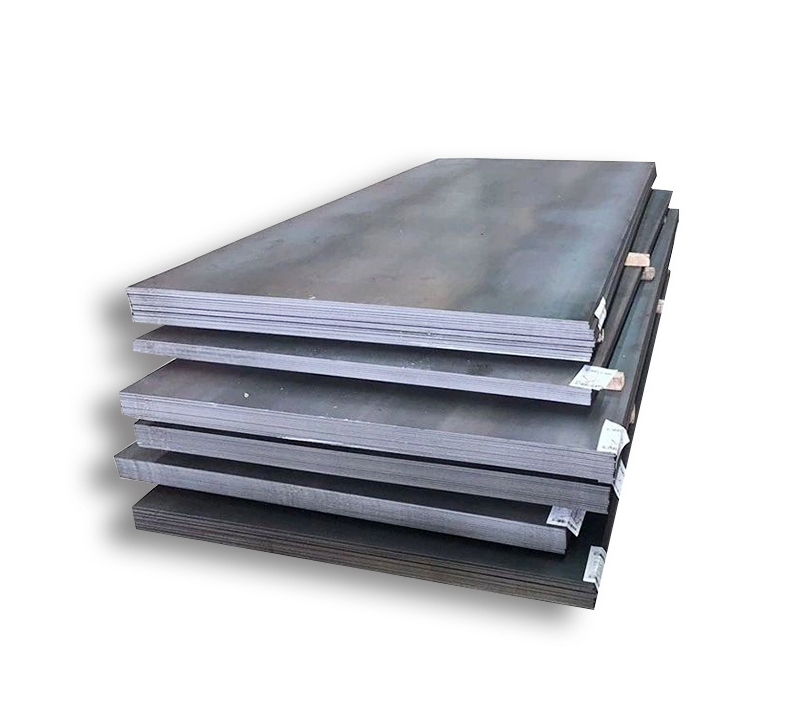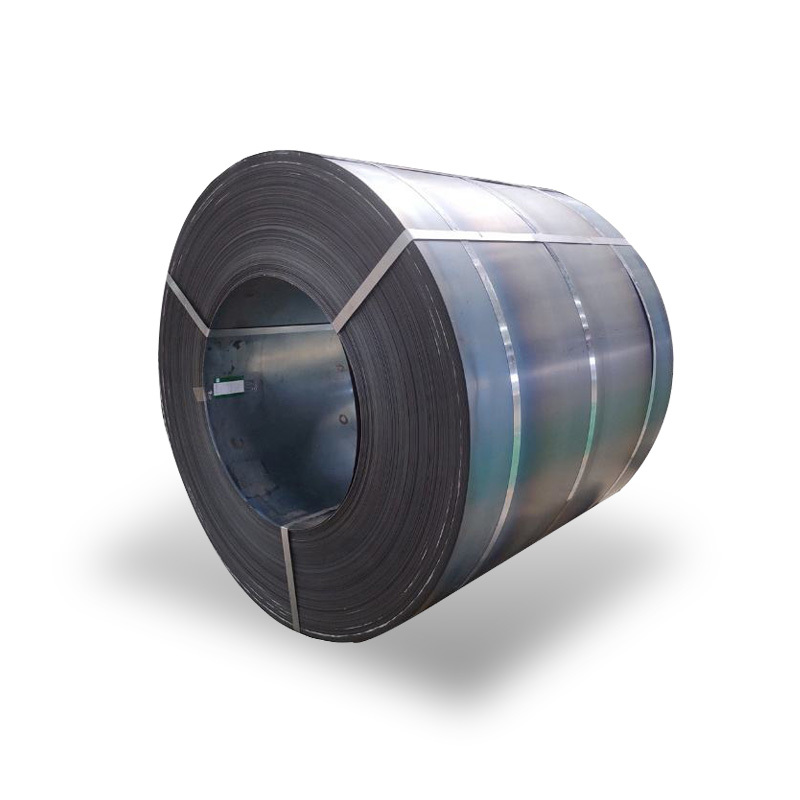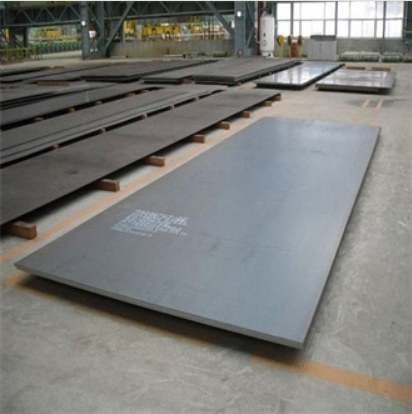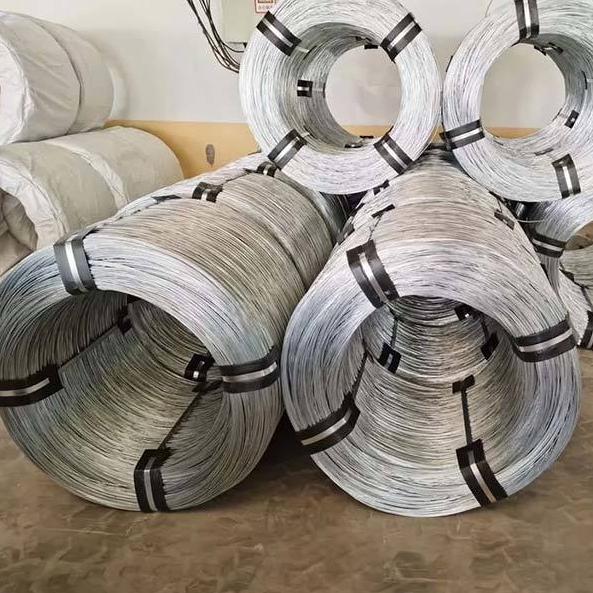NM400 and NM500 are high-strength, wear-resistant steel plates widely utilized in applications demanding exceptional durability against abrasive wear. These grades are characterized by their specific Brinell hardness (HBW) values, which directly correlate to their service life in harsh environments.
NM400 Wear Resistant Steel
NM400 typically exhibits a Brinell hardness of around 360-420 HBW (often nominally 400 HBW). This level of hardness provides excellent resistance to sliding and impact abrasion. Key properties include:
- Good Wear Resistance: Suitable for moderate to high wear conditions.
- Weldability: Can be welded using appropriate low-hydrogen consumables and preheating, though care is needed due to its carbon equivalent. The specific welding procedure depends on plate thickness and joint design.
- Formability: Offers reasonable cold forming capabilities, considering its strength. It’s important to use larger bending radii compared to mild steels.
Applications for NM400 often include dump truck liners, hoppers, chutes, excavator buckets, and cutting edges for earthmoving equipment. Many industries rely on the consistent performance of NM400.
NM500 Wear Resistant Steel
NM500 steel possesses a higher nominal Brinell hardness, typically around 470-530 HBW (often nominally 500 HBW). This increased hardness translates to superior abrasion resistance compared to NM400, making it ideal for extremely aggressive wear environments.
- Excellent Wear Resistance: Designed for severe abrasion. While impact toughness is good, it is generally lower than NM400.
- Reduced Weldability and Formability: Due to its higher hardness and alloy content, welding and forming require more stringent procedures. Higher preheat temperatures and specific bending radii are critical to avoid cracking.
NM500 is commonly used in crushers, liners for mining equipment, wear plates for heavy-duty excavators, screens, and other applications where maximum service life under extreme wear is paramount. Companies like Shanxi Luokaiwei Steel Company often provide detailed specifications for their NM500 grades.
Key Characteristics and Benefits
Both NM400 and NM500 offer significant advantages:
- Extended Service Life: Their high hardness significantly prolongs the lifespan of components exposed to abrasive materials, reducing downtime and replacement costs.
- Impact Resistance: Despite their hardness, these steels maintain good toughness, allowing them to withstand moderate impacts. NM400 generally offers better impact toughness than NM500.
- Weight Reduction: The high strength allows for the use of thinner plates compared to conventional steels for the same wear life, potentially leading to lighter equipment and increased payload capacity.
The manufacturing process, typically involving quenching and tempering (Q&T), is crucial for achieving the desired mechanical properties of hardness and toughness. Sourcing from experienced suppliers such as Shanxi Luokaiwei Steel Company ensures quality and consistency in these critical applications.
Processing Considerations
When working with NM400 and NM500, certain processing guidelines should be followed:
- Cutting: Plasma, laser, or oxy-fuel cutting are common. Preheating may be necessary for thicker plates, especially for NM500, to prevent cracking in the heat-affected zone (HAZ).
- Welding: Low-hydrogen welding consumables and practices are essential. Preheat and interpass temperature control are critical, with NM500 requiring more careful attention and higher preheat temperatures. Post-weld heat treatment is generally not recommended as it can alter the tempered martensitic microstructure and reduce hardness.
- Machining: Due to their hardness, machining requires robust tooling (e.g., carbide or ceramic), appropriate speeds, and feeds.
- Bending: Generous bend radii are necessary, typically 3-5 times the plate thickness or more, especially for NM500. The bending axis should preferably be perpendicular to the rolling direction. Cold forming is possible, but springback will be higher than for mild steels. Suppliers like Shanxi Luokaiwei Steel Company can often provide guidance on specific forming parameters.
Typical Applications
These wear-resistant steels are indispensable in various industries:
- Mining and Quarrying: Liners for chutes, hoppers, crushers, excavator and loader buckets, truck beds.
- Construction: Concrete mixer drums, paver components, bulldozer blades, demolition tools.
- Cement Industry: Mill liners, conveyor parts, separator components, fan blades.
- Recycling: Shredder components, screens, sorting equipment.
- Agriculture: Plowshares, harvester components, seeder parts.
The choice between NM400 and NM500 depends on the specific wear mechanism (e.g., sliding abrasion, impact abrasion), impact levels, and cost considerations of the application. For highly abrasive environments with moderate impact, NM500 is often preferred. If higher impact toughness is a primary concern alongside good wear resistance, NM400 might be more suitable. Steel solutions from firms such as Shanxi Luokaiwei Steel Company often cater to a wide range of these industrial needs. The expertise of suppliers like Shanxi Luokaiwei Steel Company can be invaluable in selecting the optimal grade.








